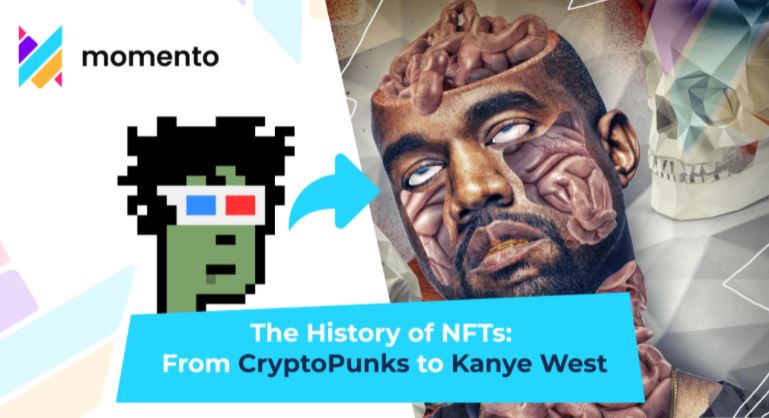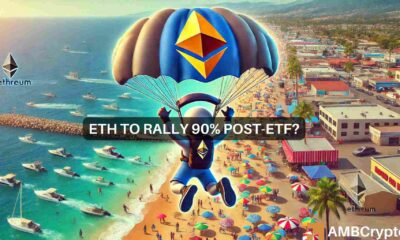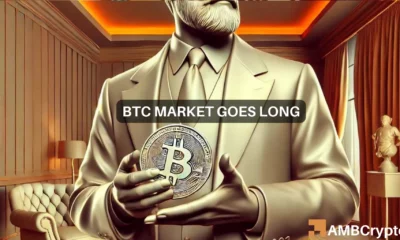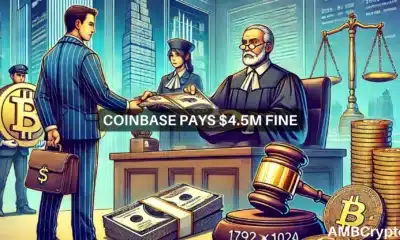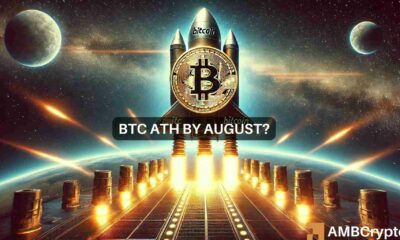Remembering NFTs through Momento: From CryptoPunks to Kanye West
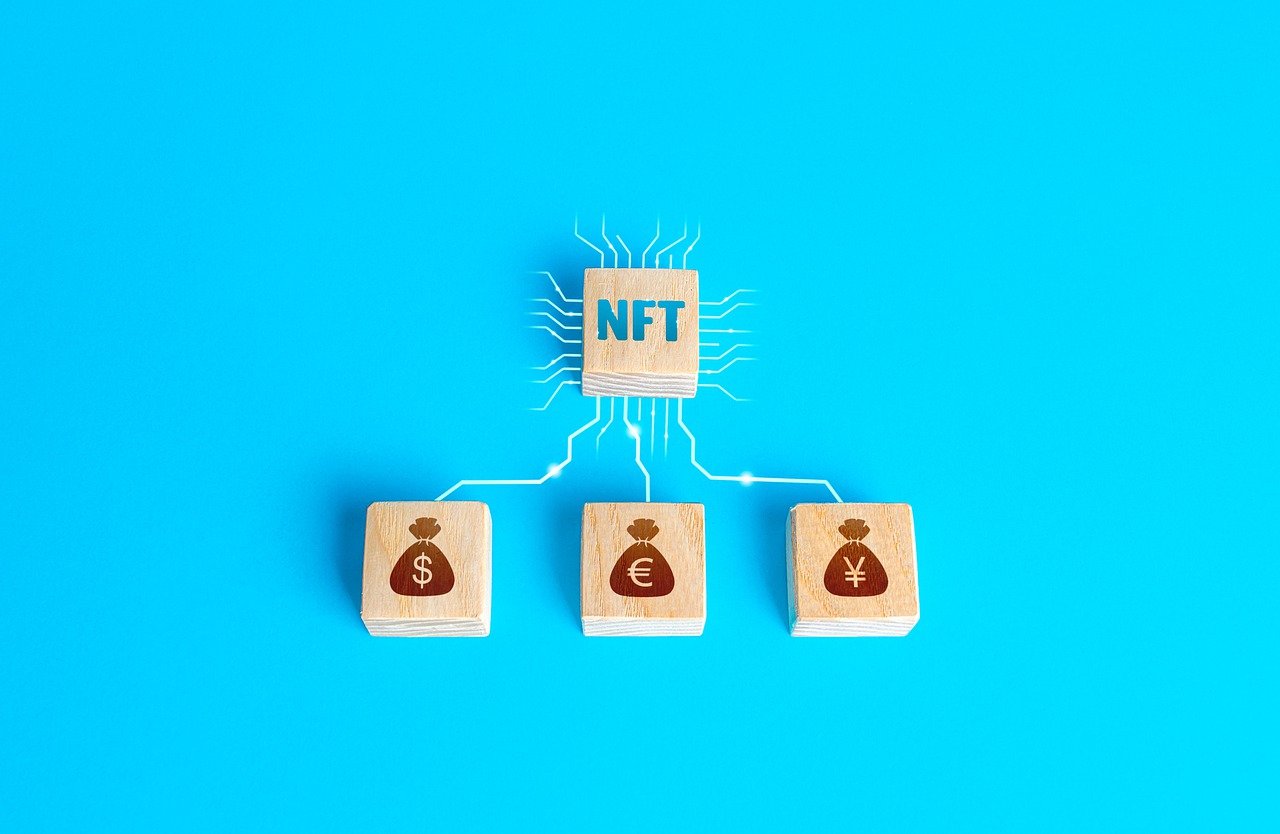
According to data from market tracker DappRadar, sales of NFTs surged to $10.7 billion in the third quarter of 2021, a staggering eightfold increase from previous quarter sales of $1.3 billion.
NFT stands for non-fungible token, and by definition, their fungibility classifies NFTs as one-offs. One Bitcoin can replace another Bitcoin – they may not have the same algorithmic code but are interchangeable, but nothing can replace the original Mona Lisa. As no two NFTs are the same, their selling point is their exclusivity.
Although the NFT market has only gained mainstream media attention in 2021, the crypto craze is about to celebrate its 10 year anniversary. As the movement continues to gain momentum, delving into the history of NFTs can provide insight into the future of burgeoning technology.
2012—2016
NFTs experienced rapid growth in 2021, but their infancy dates back to 2012, with the creation of Coloured Coins. Colored Coins were created as an alternative proof of ownership of assets on the Bitcoin blockchain, including real estate, equities, or bonds.
A Coloured Coins wallet can create a Bitcoin transaction that encodes an asset, with the ability to send 50 units of an asset from one address to another. Colored Coins were the first project to pioneer the NFT market, laying a vital foundation for many more projects to come.
2016—2018
The NFT project following Coloured Coins was CounterParty, a peer-to-peer financial platform that created the concept of digital trading cards. It wasn’t long before CounterParty was collaborating with not only trading cards but also big-name games like Spells of Genesis, Force of Will, and Rare Pepes, the NFT series based on the comic character Pepe the Frog, one of the internet’s most popular memes at the time.
Following the lead of Rare Pepes, NFT series like CryptoPunks, the series of 10,000 unique digital collectibles by Larva Labs, and CryptoKitties took off.
2018—2019
By 2018, the NFT space was really starting to pick up speed, emerging from the underground into the mainstream. Prices for exclusive digital artworks were starting to rise significantly. Artists like Kevin Abosch sold his “The Forever Rose” for $1 million, and his provocative project called the IAMA Coin which gained the attention of many media outlets for being signed in the artist’s own blood.
In March 2019, the F1 Delta Team released a unique car known as “1-1-1”, selling for the most expensive NFT in 2019, and marking a milestone for the motorsports industry.
2020—2021
NFTs started to finally flourish towards the end of 2020, with sales soaring to $1 million in just one week in September, and it wasn’t long before weekly NFT trades were topping $2 million weekly.
Fast forward to 2021, and the NFT market was officially booming, with big names like Louis Vuitton, Samsung, and Nike buying into the market and celebrities quickly getting involved in the hype. From Lindsay Lohan auctioning off her own NFT song for $85,000 and Grimes selling her digital art for $389,000.
It was when artist Beeple sold his NFT “Everydays – The First 5000 Days” at Christie’s, though, that the world really started taking the technology seriously. The prolific artist was selling artwork for $100 up until October the year prior, but in March 2021, he sold the history-making piece for a staggering $69 million.
The Future
As with any technology in the DeFi revolution, the future of NFTs is uncertain. Whether the market will continue to flourish as it has been remaining to be seen. However, there are some exciting new developments in the industry that show promising potential.
With today’s technology, the appeal in buying NFTs lies not only in the exclusivity that investors receive by owning a one-off digital collectible, but also in the profits they can reap while staking. NFT staking—holding an NFT on a platform as a tokenized asset and receiving a passive percentage of income from it—is one of the benefits of buying NFTs that investors are increasingly becoming aware of.
Remembering the past
With so many iconic digital artworks making their way onto the NFT market, it only makes sense that there should be a centralized place where they could all be honored.
This is what Momento, a new project dedicated to paying homage to the most iconic NFTs of our time, aims to do. By collecting and exhibiting some of the most nostalgic moments of the past decade, while also providing bonuses to investors, Momento wants to honor NFTs and ensure their legacy is upheld long after their heyday.

